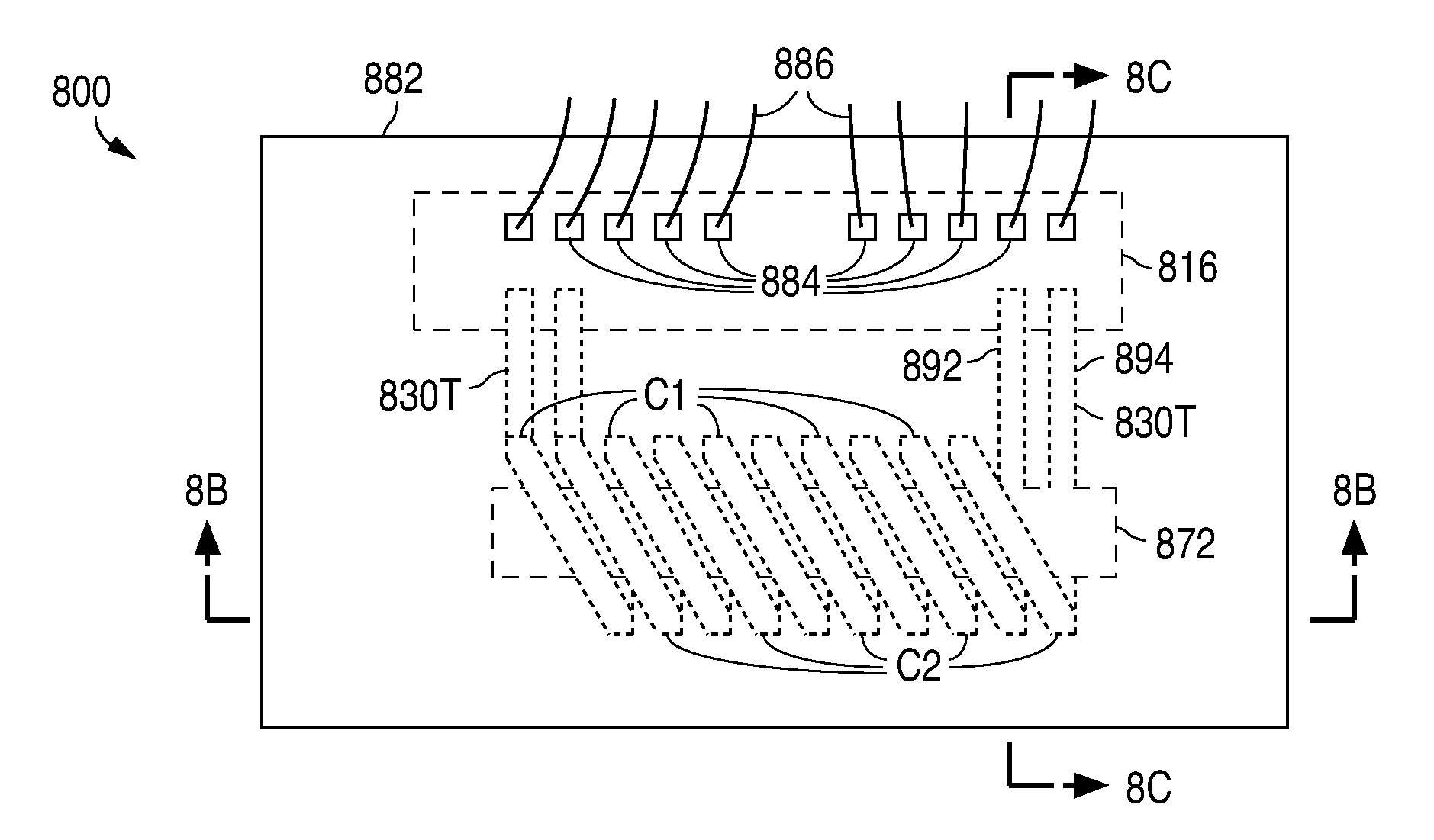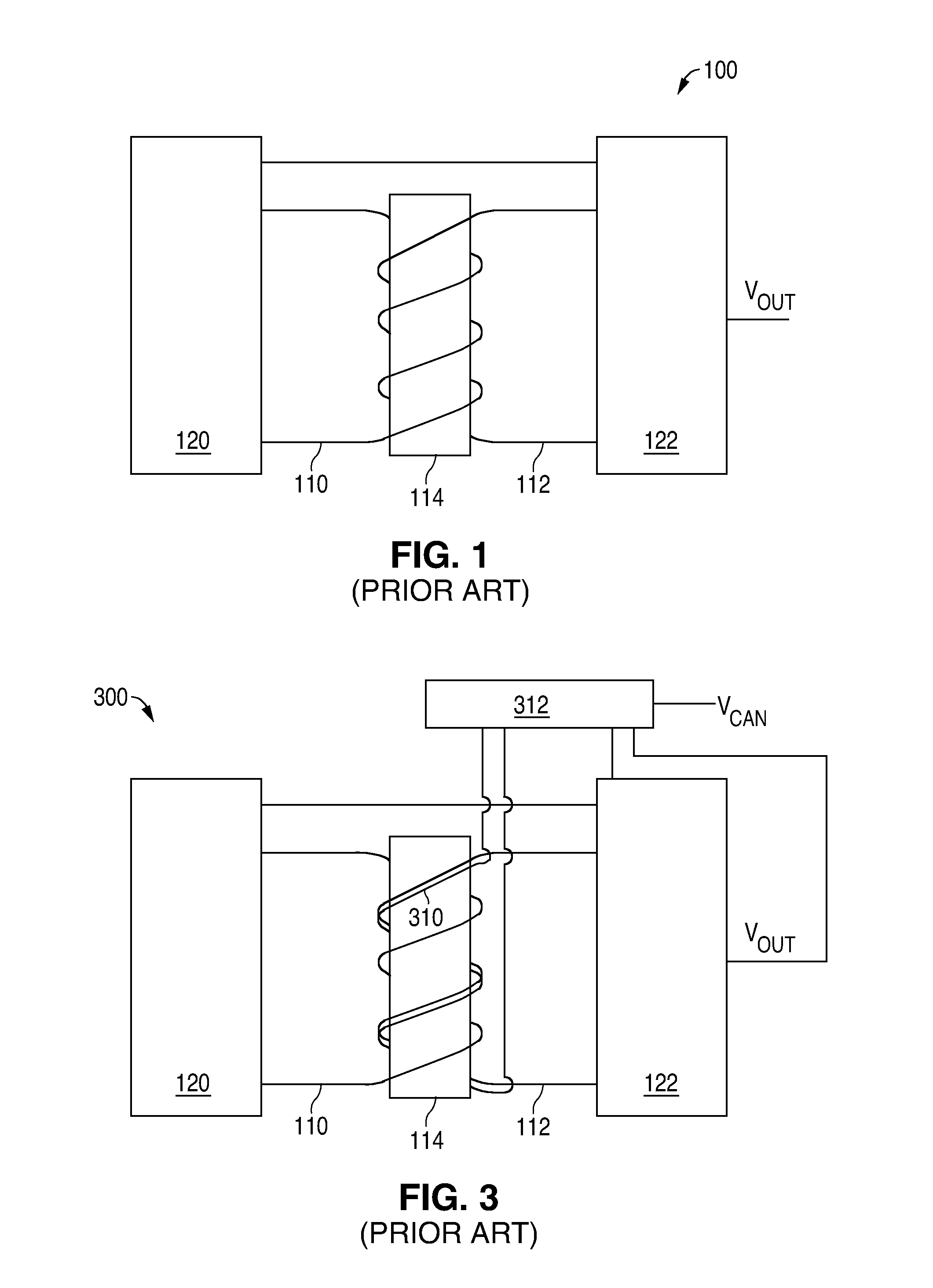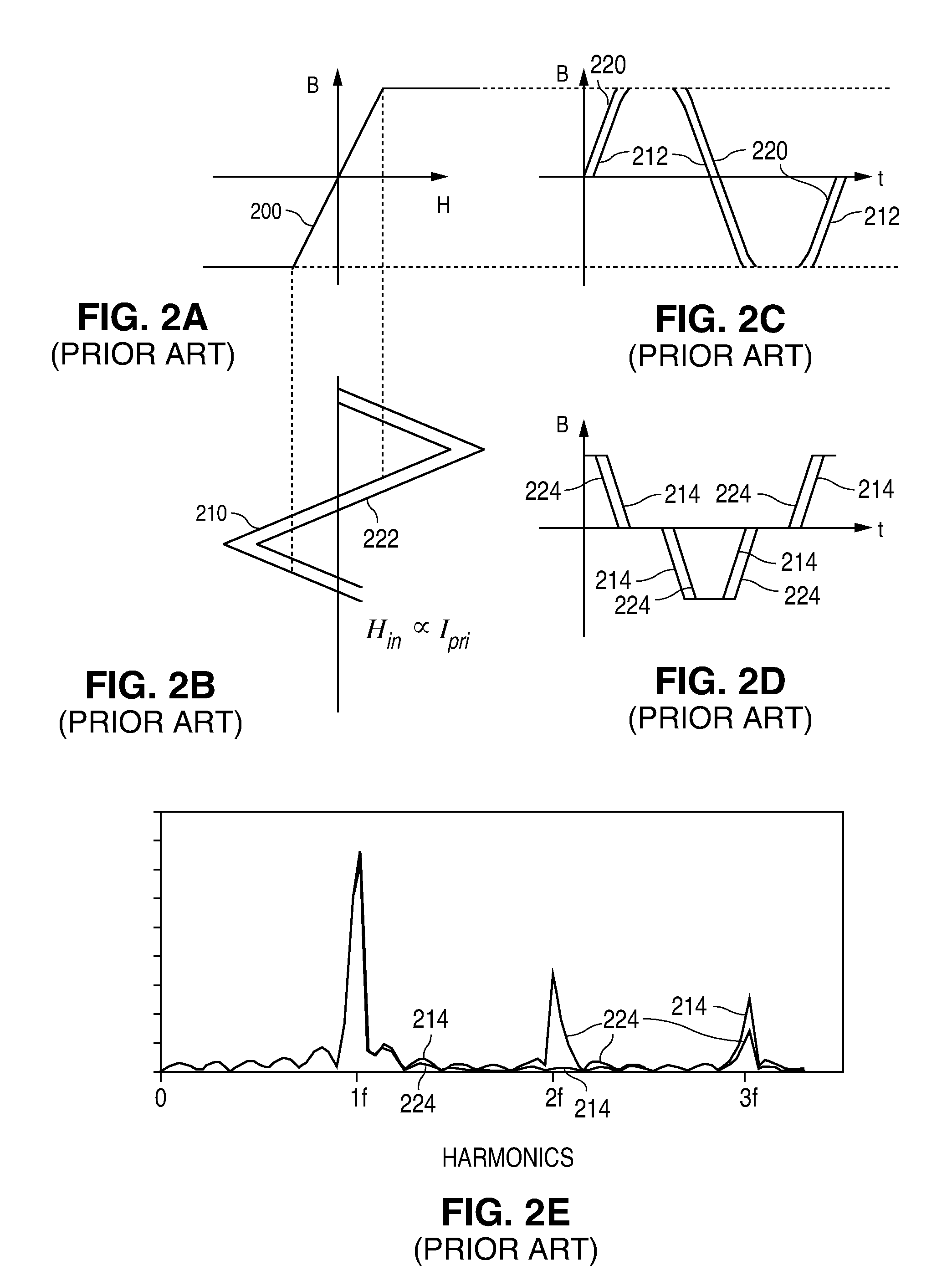Semiconductor Fluxgate Magnetometer
a magnetometer and magnetic field technology, applied in the field of fluxgates, can solve the problems of bulky b>700/b> and high manufacturing cos
- Summary
- Abstract
- Description
- Claims
- Application Information
AI Technical Summary
Benefits of technology
Problems solved by technology
Method used
Image
Examples
first embodiment
[0083]As shown in FIGS. 16A-16C, in a first embodiment, the metal lower structures 930 can be formed by depositing a seed layer 932 to touch non-conductive structure 922 and the conductive pads 920. For example, seed layer 932 can be implemented with a layer of aluminum copper. Seed layer 932 can alternately be formed by depositing 300 Å of titanium, 3000 Å of copper, and 300 Å of titanium. After seed layer 932 has been formed, a plating mold 934 is formed on the top surface of seed layer 932.
[0084]As shown in FIGS. 17A-17C, following the formation of plating mold 934, copper is electroplated in a conventional manner to form a number of copper regions 936 approximately 5 μm thick. After the electroplating, as shown in FIGS. 18A-18C, plating mold 934 and the underlying regions of seed layer 932 are removed to form the via structures 930V, the via trace structures 930T, and the lower coil structures 930C.
second embodiment
[0085]Alternately, in a second embodiment, as shown in FIGS. 19A-19C, the metal lower structures 930 can be formed by first depositing a liner layer 940 on non-conductive structure 922 to line the openings 922P. Liner layer 940 can be implemented with, for example, titanium / titanium nitride. After liner layer 940 has been formed, a metal layer 942, such as tungsten, is conventionally deposited on liner layer 940 to fill up the openings 922P.
[0086]Following this, as shown in FIGS. 20A-20C, metal layer 942 is planarized, such as with chemical-mechanical polishing, to expose the top surface of non-conductive structure 922, and form via plug structures 942P in the openings 922P that make electrical connections to the conductive pads 920 of die 916.
[0087]As shown in FIGS. 21A-21C, after the via plug structures 942P have been formed, a metal layer 944, such as aluminum, is sputter deposited onto non-conductive structure 922 to a depth of approximately 5 μm. Alternately, metal layer 944 ca...
PUM
 Login to View More
Login to View More Abstract
Description
Claims
Application Information
 Login to View More
Login to View More - R&D
- Intellectual Property
- Life Sciences
- Materials
- Tech Scout
- Unparalleled Data Quality
- Higher Quality Content
- 60% Fewer Hallucinations
Browse by: Latest US Patents, China's latest patents, Technical Efficacy Thesaurus, Application Domain, Technology Topic, Popular Technical Reports.
© 2025 PatSnap. All rights reserved.Legal|Privacy policy|Modern Slavery Act Transparency Statement|Sitemap|About US| Contact US: help@patsnap.com



